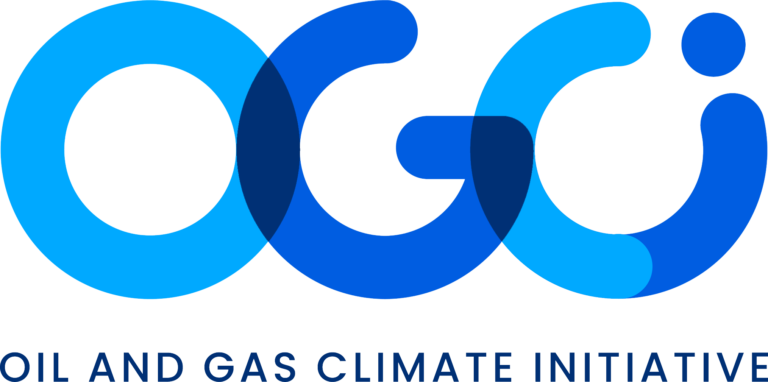Detection limits of optical gas imaging for natural gas leak detection in realistic controlled conditions
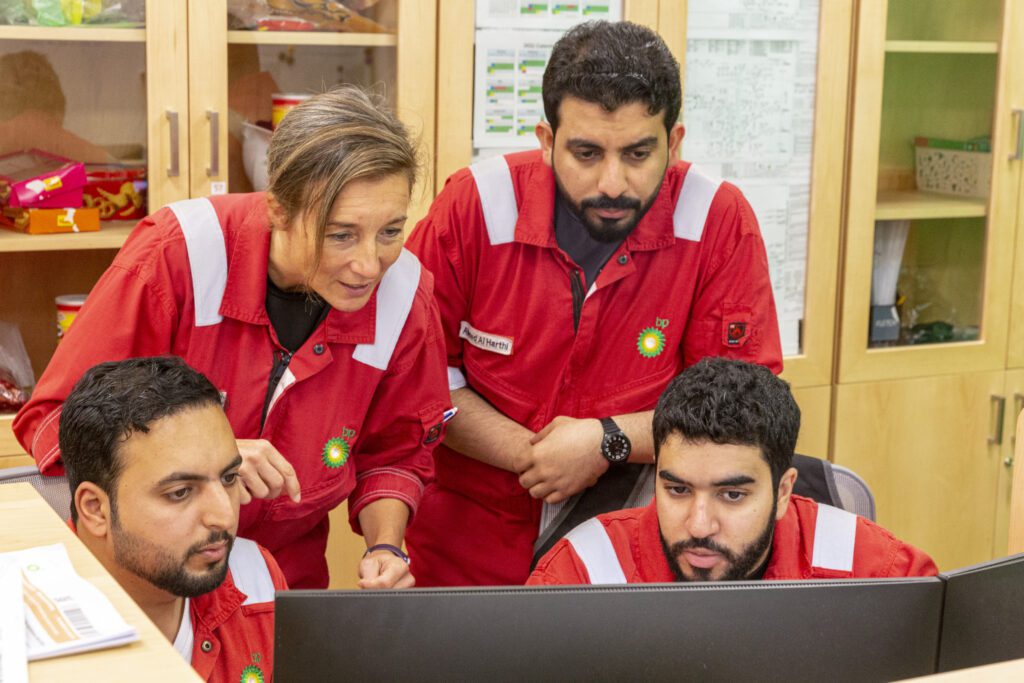
A study aimed to characterize the detection efficacy of Optical Gas Imaging (OGI) in finding leaks at natural gas facilities. The study revealed that surveyor experience and survey protocols significantly impact leak detection rates, with experienced surveyors detecting substantially more leaks than less experienced ones.
Comparing continuous methane monitoring technologies for high-volume emissions: A single-blind controlled release study
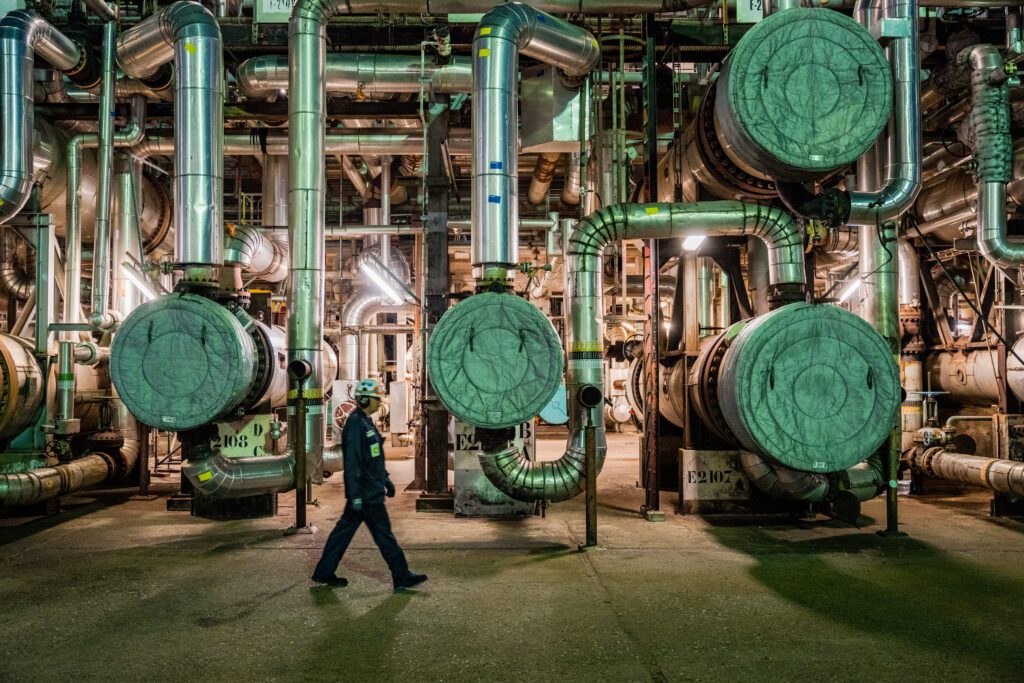
This study assessed eight commercial monitoring solutions, revealing varying performance in detection and quantification, with some systems underestimating emissions by 74%. While true positive rates were generally high, reliability varied, indicating that more research is needed to understand the strengths and weaknesses of these systems before broader adoption in regulatory frameworks.
Assessing the progress of the performance of continuous monitoring solutions under a single-blind controlled testing protocol
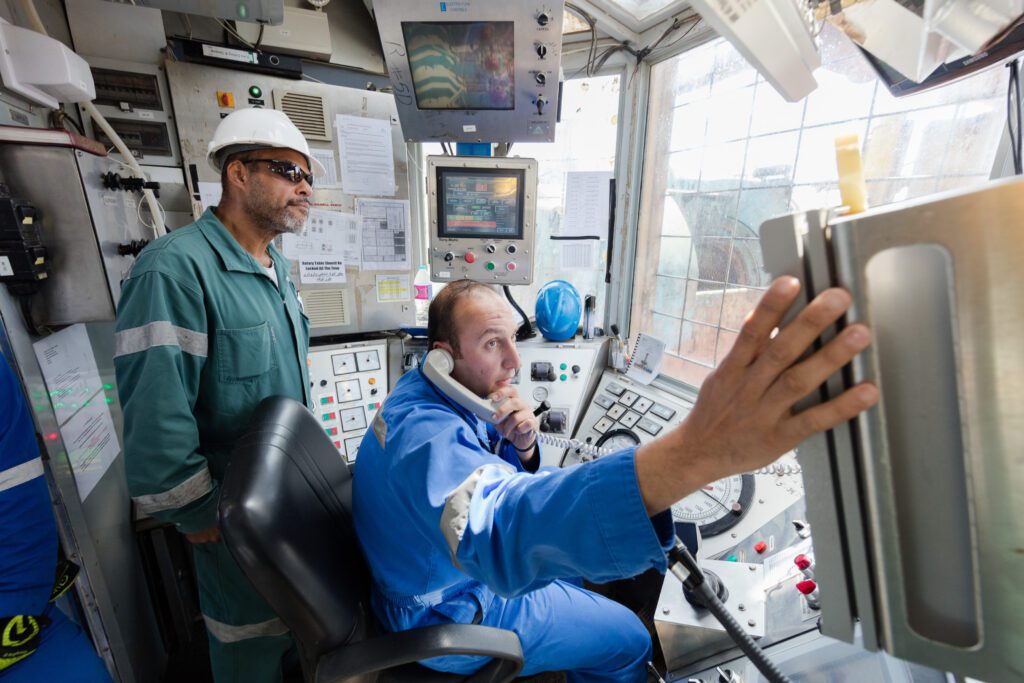
Study evaluating the performance of nine continuous monitoring (CM) solutions for methane emissions through controlled testing. Over 11 weeks, tests involved controlled releases of methane under varying conditions. There were significant uncertainties in emission quantification, with some solutions showing large underestimations and overestimations. The results underscore the importance of regular quality testing for advancing CM […]
Alternative methane detection technologies evaluation – alternative technology equivalency matrix analysis

Alternative Fugitive Emissions Methane Detection technology evaluation matrix report. A report prepared by Highwood Emissions Management for the Alberta Energy Regulator outlines alternative LDAR programs that are “equivalent” from a performance perspective to the regulatory OGI LDAR. It is useful for professionals looking to understand the trade-off between different technology classes.
Methane emissions technology evaluation center
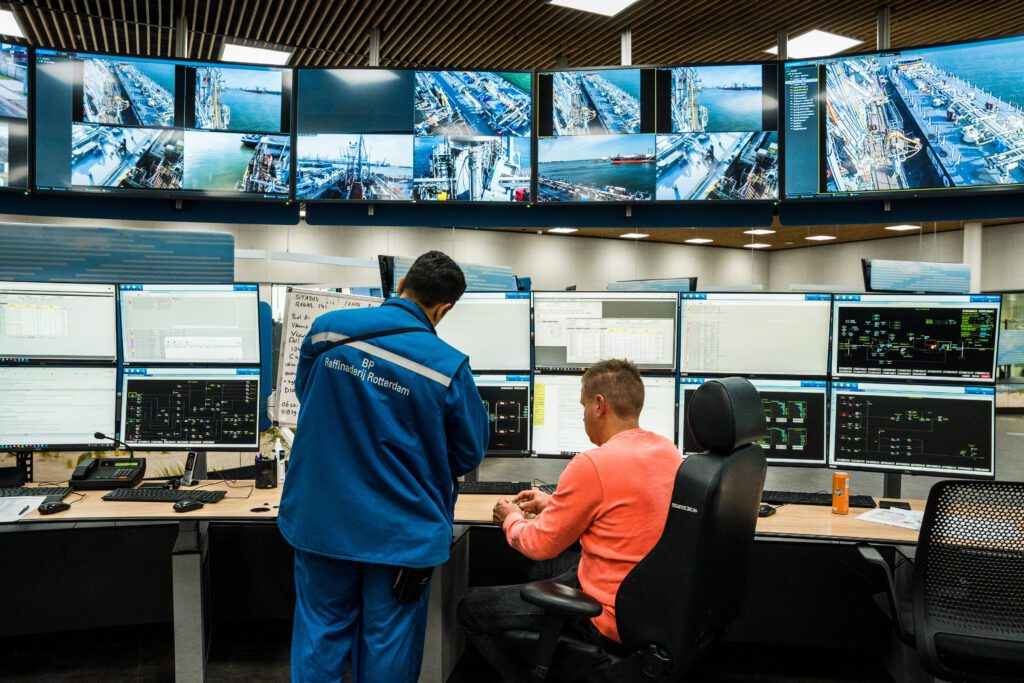
Methane Emissions Technology Evaluation Center(METEC). METEC is a cutting-edge controlled-release testing facility designed to evaluate methane detection and measurement systems under realistic field conditions. METEC supports innovation by simulating diverse leak scenarios found in oil and gas operations, enabling developers to validate and refine their technologies. The facility collaborates with industry, academia, and regulators to […]
Overview of methane monitoring technologies
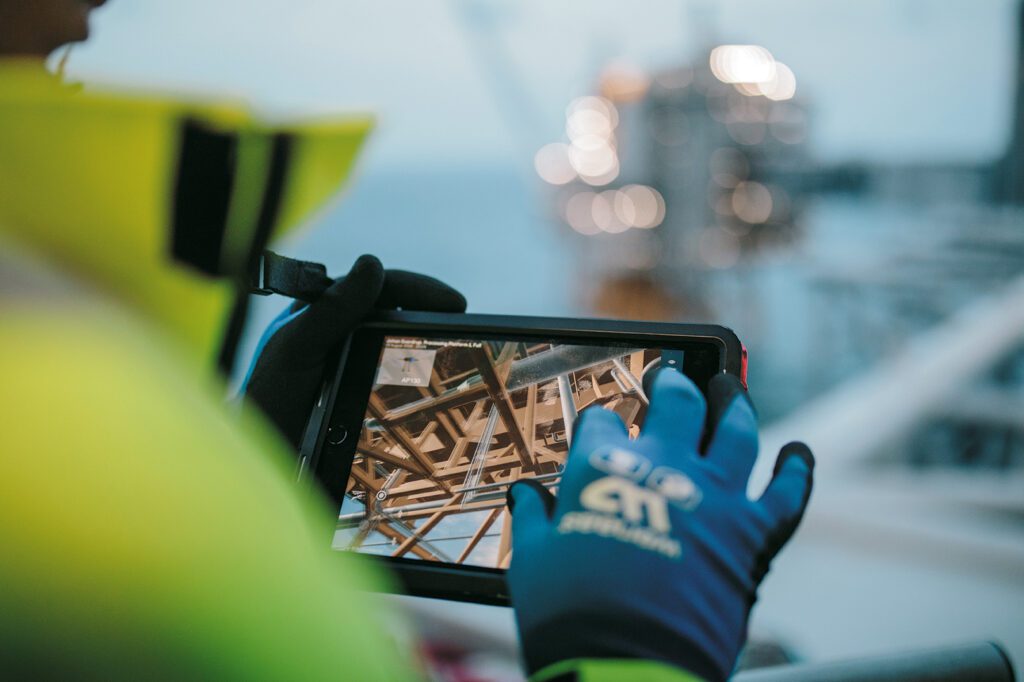
This resource provides a simple overview of various methane monitoring technologies, including a table that outlines the technology options, benefits, and disadvantages for each. It is particularly useful for industry professionals in methane emissions detection and quantification programs. This resource aids in understanding the various tools available to measure methane emissions, comparing their suitability for […]
LDAR-Sim

Open-source tool for modeling and comparing different LDAR programs. LDAR-Sim is a computer model that simulates an asset base of oil and gas facilities, the emissions they produce, and the work crews that use different technologies and methods to detect and quantify emissions. LDAR-Sim replicates the complex reality of LDAR in a virtual world and […]
Fugitive Emissions Abatement Simulation Toolkit

The Fugitive Emissions Abatement Simulation Toolkit or FEAST is a model to evaluate the effectiveness of methane leak detection and repair (LDAR) programs at oil and gas facilities. Recent advances in the development of new fixed (continuous monitoring systems) and mobile (truck-, drone-, plane-, and satellite-based) methane leak detection technologies have led to growing interest […]
Where the methane is – insights from novel airborne LiDAR measurements combined with ground survey data
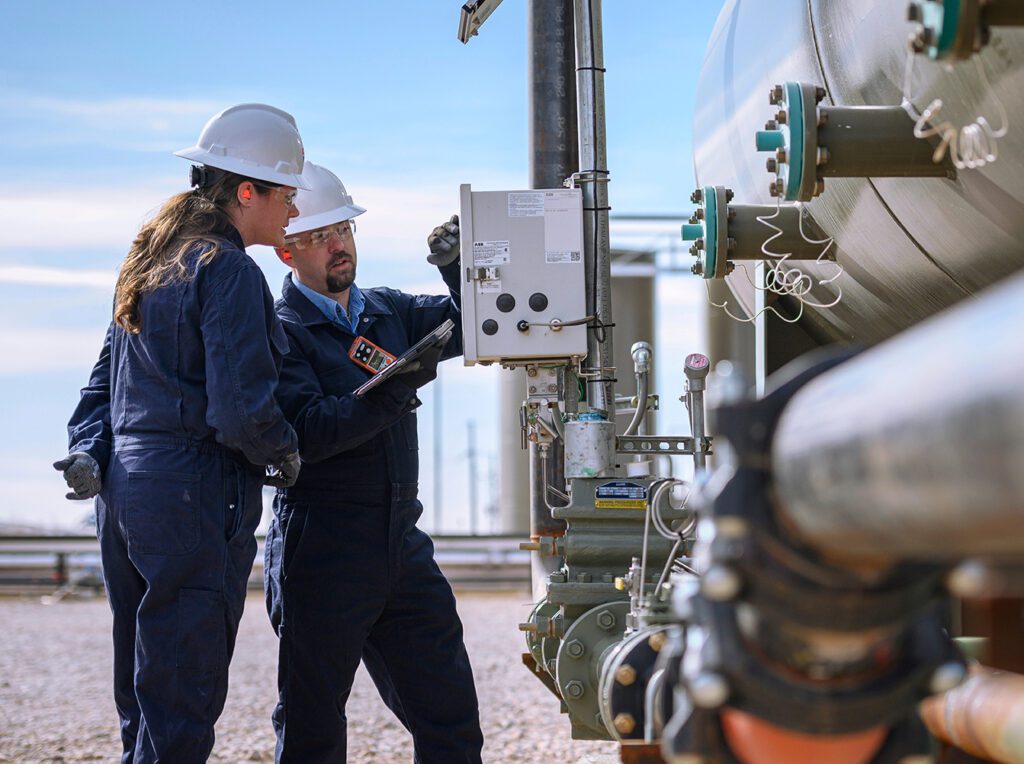
This study combines airborne LiDAR measurements, parallel controlled releases, and on-site optical gas imaging (OGI) survey and pneumatic device count data to derive a new measurement-based methane inventory for oil and gas facilities in British Columbia, Canada. Results reveal a surprising distinction between the higher magnitudes, different types, and smaller number of sources seen by […]
MiQ compatibility assessment
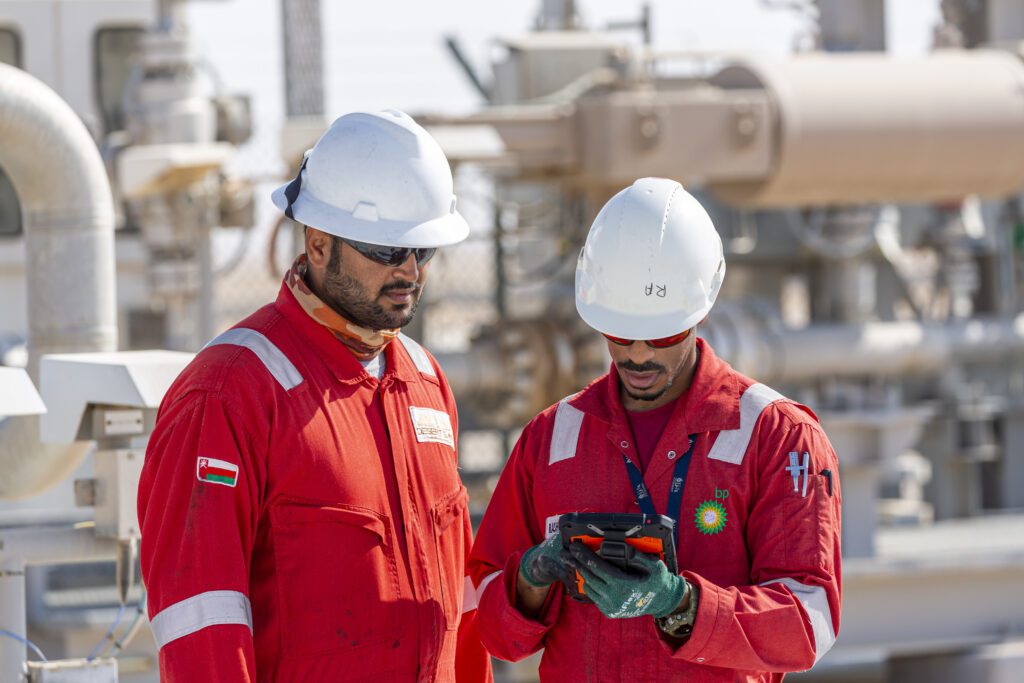
The MiQ Foundation, as the Standard holder, has developed this monitoring technology compatibility assessment to streamline market research conducted by Operators and other stakeholders to assess the compatibility of methane monitoring technologies against the requirements in the Monitoring Technology Deployment pillar of the MiQ Standard. This resource is particularly useful for companies selecting technologies to […]
